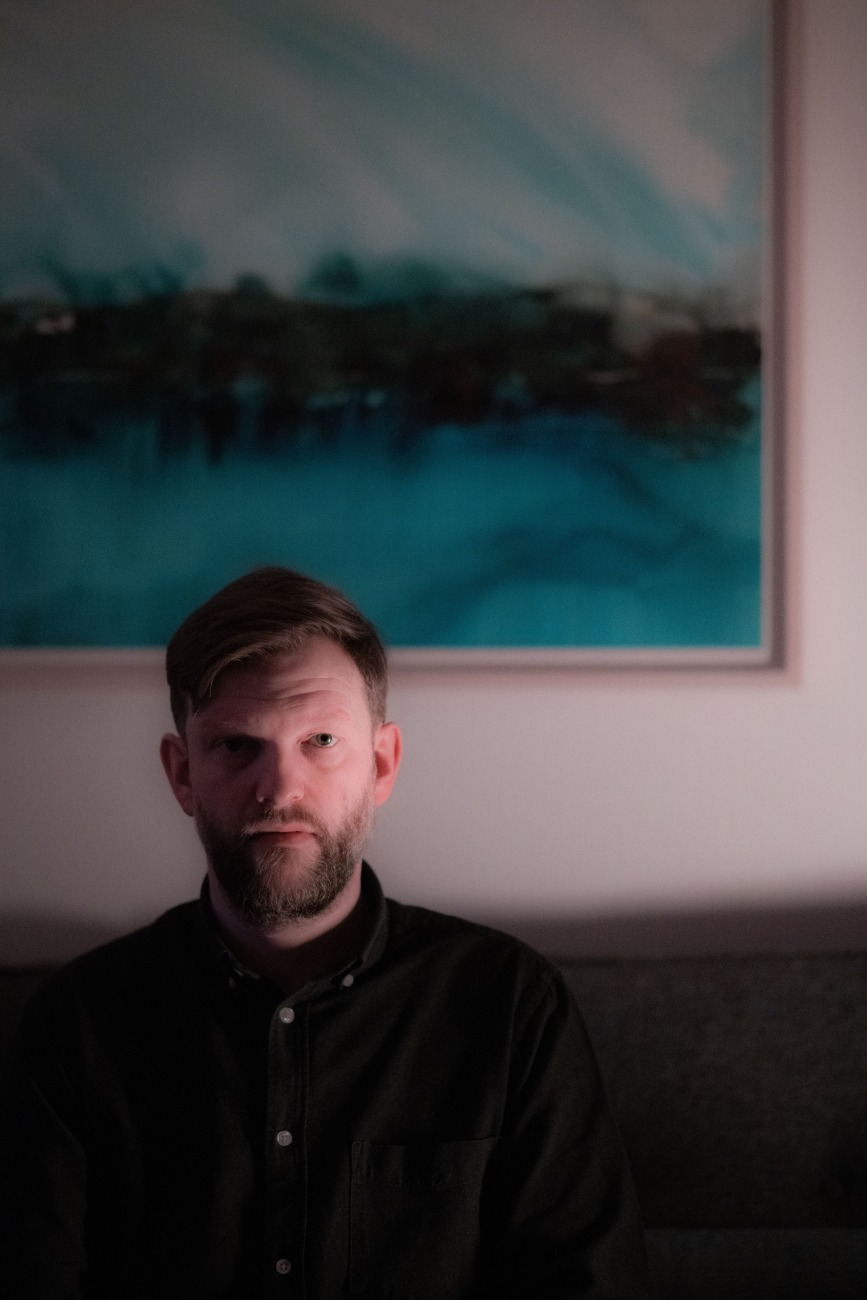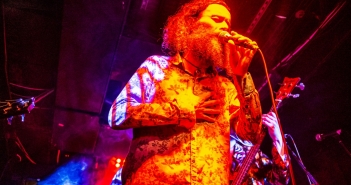Earlier this month I released The Blue Light, a selection of solo piano and chamber pieces spanning the last decade, performed by pianist Michael McHale and musicians from Crash Ensemble. The album offers a range of sound-worlds, and I like to think that I am open to the possibility of my music changing, but I realise that there seem to be some constants in what I am doing: I want to create highly concentrated, meditative – even ritualistic – experiences. Maybe I always will.
In 2006, I co-founded a record label and music production company called Ergodos with composer Benedict Schlepper-Connolly. We have co-curated dozens of projects together, and my work as a composer has often involved composing for specific contexts (such as, e.g., the Ergodos Musicians project I Call to You). For The Blue Light, my first solo album, I wanted to try to keep a sense of curated “coherence” across the record, even though the album is essentially a compilation.
The album opens with a solo piano piece composed last year: Und weinen, und lächeln. This short toccata takes its inspiration from “Des Fischers Liebesglück”, a song by Franz Schubert with words by Karl Gottfried von Leitner. The final stanza reads: “Und weinen / Und lächeln, / Und meinen, / Enthoben / Der Erde, / Schon oben, / Schon drüben zu sein.” An English translation: “Weeping, / smiling, / we think / we are relieved of the earth, / and are already up above, / in another place.”
Audio embed: use code below to embed “Des Fischers Liebesglück” by Franz Schubert from Spotify
Audio embed: use code below to embed Und weinen, und lächeln by Garrett Sholdice from Bandcamp
St Dunstan-in-the-East for piano, two violins, viola & cello was also composed last year, although the idea for the piece was sparked several years ago, whilst visiting London. St Dunstan-in-the-East was a church on St Dunstan’s hill in the City of London. It was mostly destroyed by bombing during the Second World War. After the war, the decision was taken to turn the ruins into a public garden. The space is unassuming and beautiful.
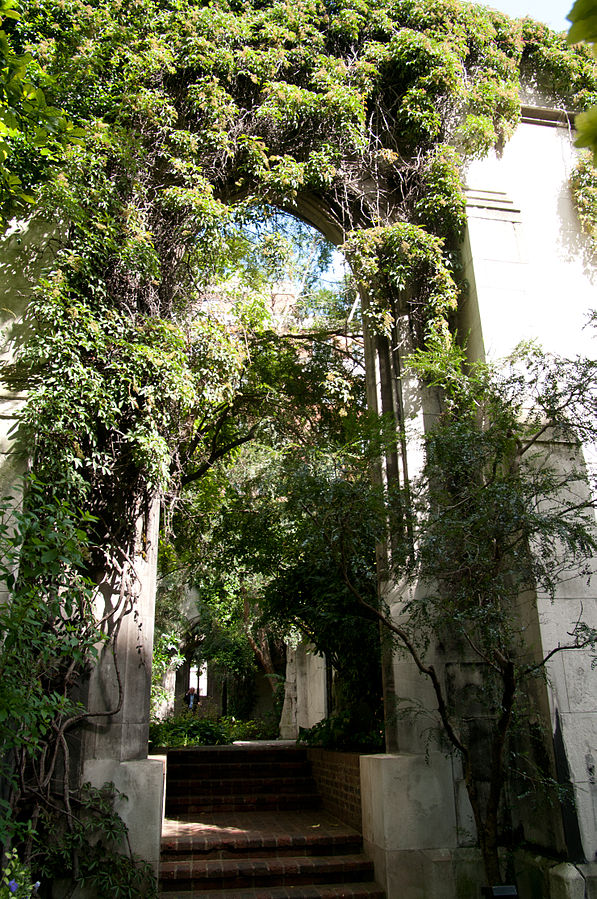
St Dunstan in the East, City of London.
My piece St Dunstan-in-the-East represents an attempt to create meaning out of fragmentary materials, perhaps in a way that is resonant with the idea of transforming a ruined building into a public urban space. Looking back over the notebook I used whilst sketching the piece, I noticed the following entry: “where is it going / what is it made from / why is it here / thick / thin / husks / the beauty of damaged, fragmentary things…”

Sketches for St Dunstan-in-the-East, from the composer’s notebook, 2022.
The next work on the album, Das blaue Licht for two violins, viola & cello dates from 2013, when I was based in Berlin. The title (which means “the blue light” in German) refers to the luminous blue of the sky above Danziger Strasse in northeast Berlin, during the hot July weeks in which I wrote the piece. The first part of Das blaue Licht features intricate pizzicato “hocketing”: a brief (ec)static dance. In the second part a series of chordal “breaths” eventually lead to a gentle song inspired by Javanese gamelan.
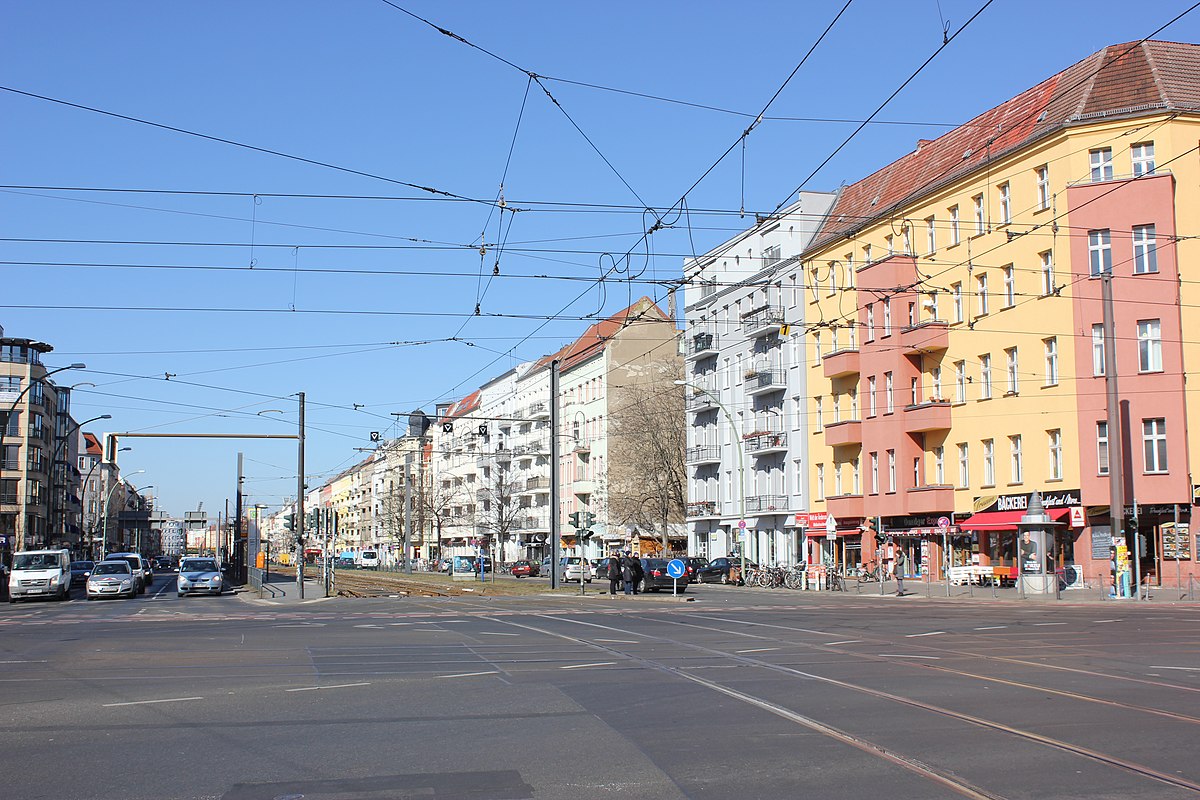
Berlin, Danziger Straße.
Often, at the ends of my pieces, melodies emerge as if finally remembered or unearthed. (This can be heard in the second part of Das blaue Licht.) I think this comes from my earliest musical experiences as a boy chorister in St Patrick’s Cathedral, Dublin, where sung melody was a daily experience. It was here that I first got to know choral music of the late Renaissance, such as William Byrd and Thomas Tallis. The weaving of melodic lines in this music always seems somehow miraculous to me.
At the beginning of the Tallis excerpt above, the soprano part (“S. P.” = “sexta pars”) and alto part (“Sup.” = “superius”) are both “divided” into two, a technique known as “gymel” in Medieval and Renaissance vocal music. This technique was the inspiration for my viola and cello duet, Gymel, composed in 2018. In my piece, the cello and viola begin in unison, singing as one. This unison line then bifurcates, and the individual personalities of the two instruments emerge.
The album closes, as it opens, with a solo piano piece: Prelude No. 12, composed in 2017. This is a soliloquy: just me, spinning out a single unbroken melodic line. The American poet Frank O’Hara talked about writing “personal poems”; this is maybe a “personal piece”. When I wrote it, I prefaced the score with these lines from his poem, “To Gottfried Benn”: “Poetry is not instruments / that work at times / then walk out on you / laugh at you old / get drunk on you young / poetry’s part of yourself”.
For me, as a composer working with notation in the classical tradition, the score is not the music – only the performers can create this. It has been my good fortune to work with such extraordinary performers for this record: pianist Michael McHale, and musicians from Crash Ensemble – violinists Diamanda La Berge Dramm and Larissa O’Grady, violist Ed Creedon and cellist Kate Ellis. The sensitivity with which they interpreted these scores was more than I could hope for.
Similarly, I am in indebted to the most diligent and incisive audio team: assistant producer Caterina Schembri, recording and post-production engineer Eduardo Prado, and mastering engineer Christoph Stickel. Often, for my music, the challenge is to somehow translate the atmosphere of a live acoustic performance experience into a digital recording. Thanks to this team, the intimacy and ritual of live performance comes across on this record.
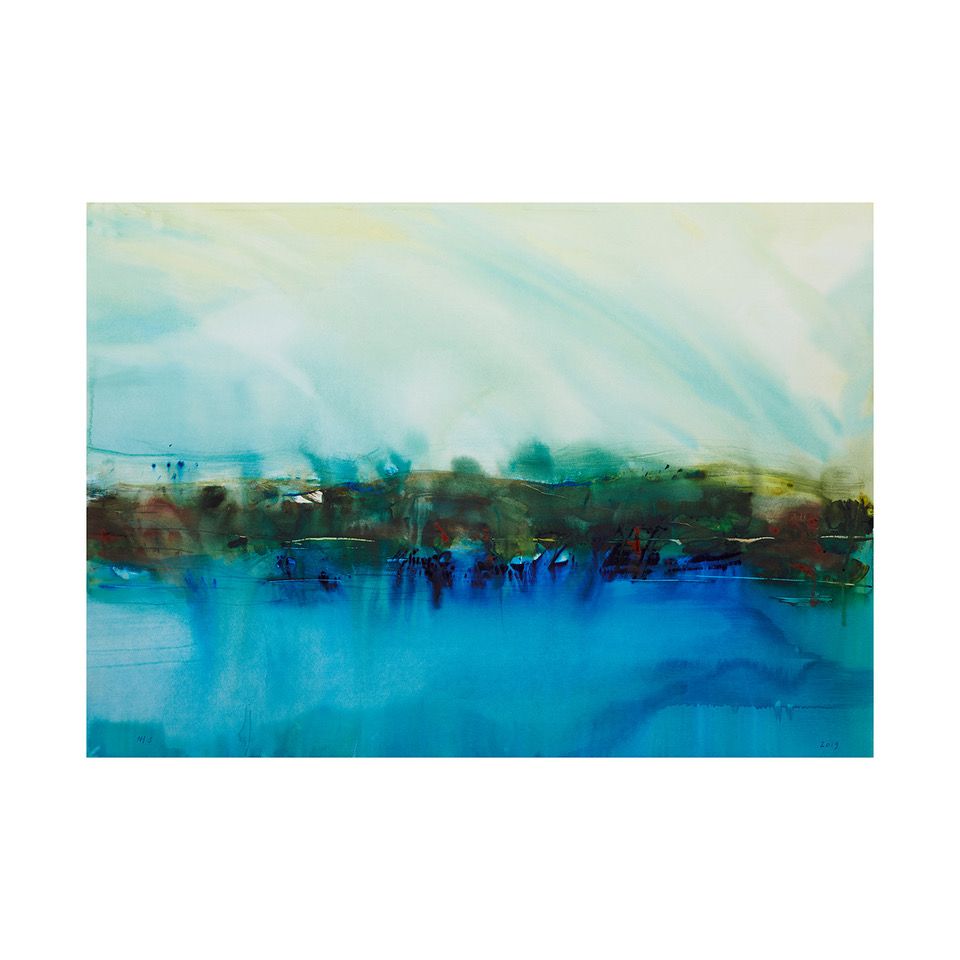
Album cover for The Blue Light by Garrett Sholdice, featuring a watercolour by Neil Sholdice. (Cábán i n-aice na coille, Loch Coirib, 2019)
Garrett Sholdice is a composer and a co-director of the Dublin-based record label and music production company Ergodos. See https://soundcloud.com/garrett-sholdice and https://ergodos.ie. His album The Blue Light is available to purchase (download / CD) from https://ergodos.bandcamp.com/album/the-blue-light.
Feature Image: Néstor Romero Clemente)

